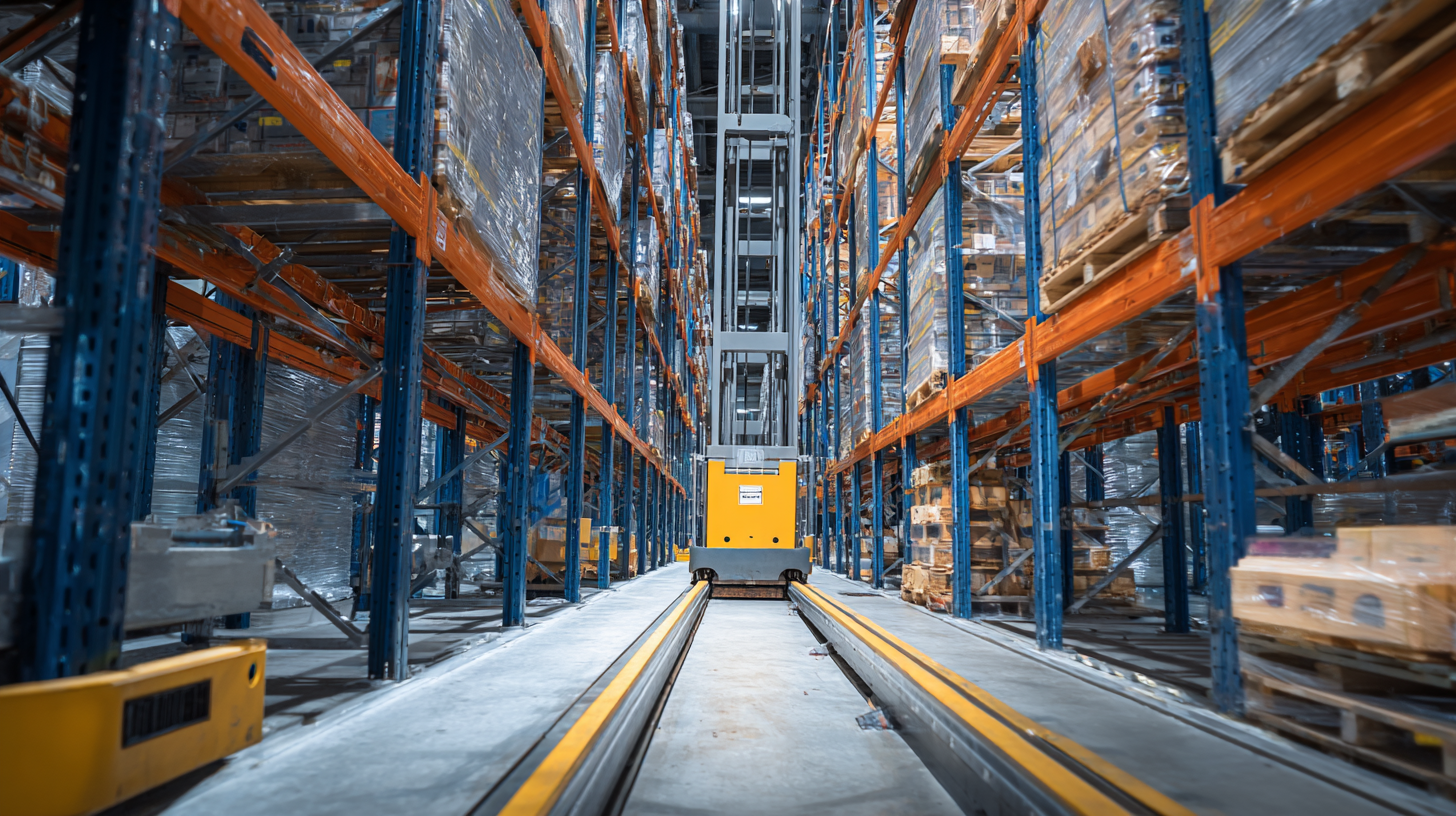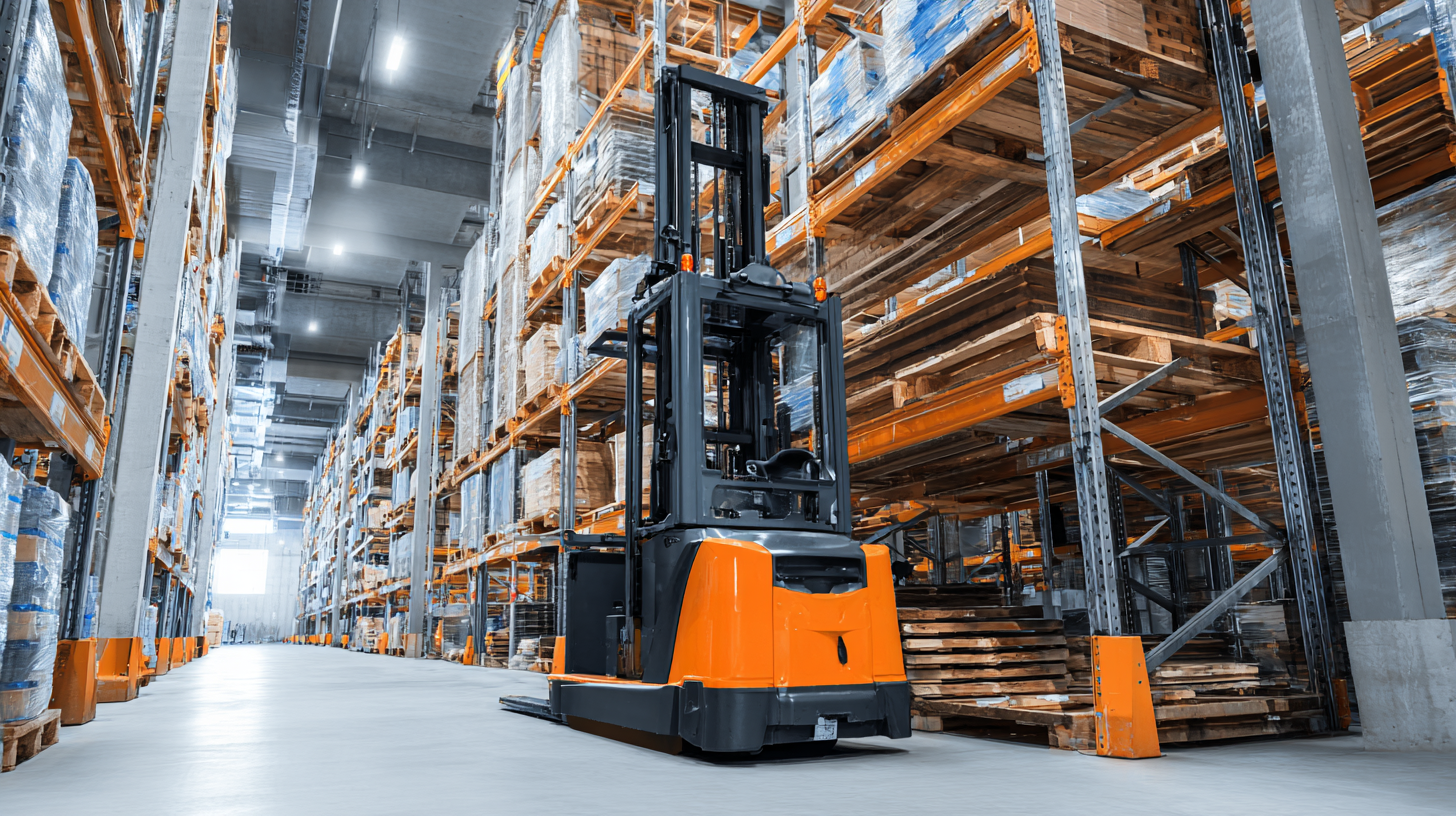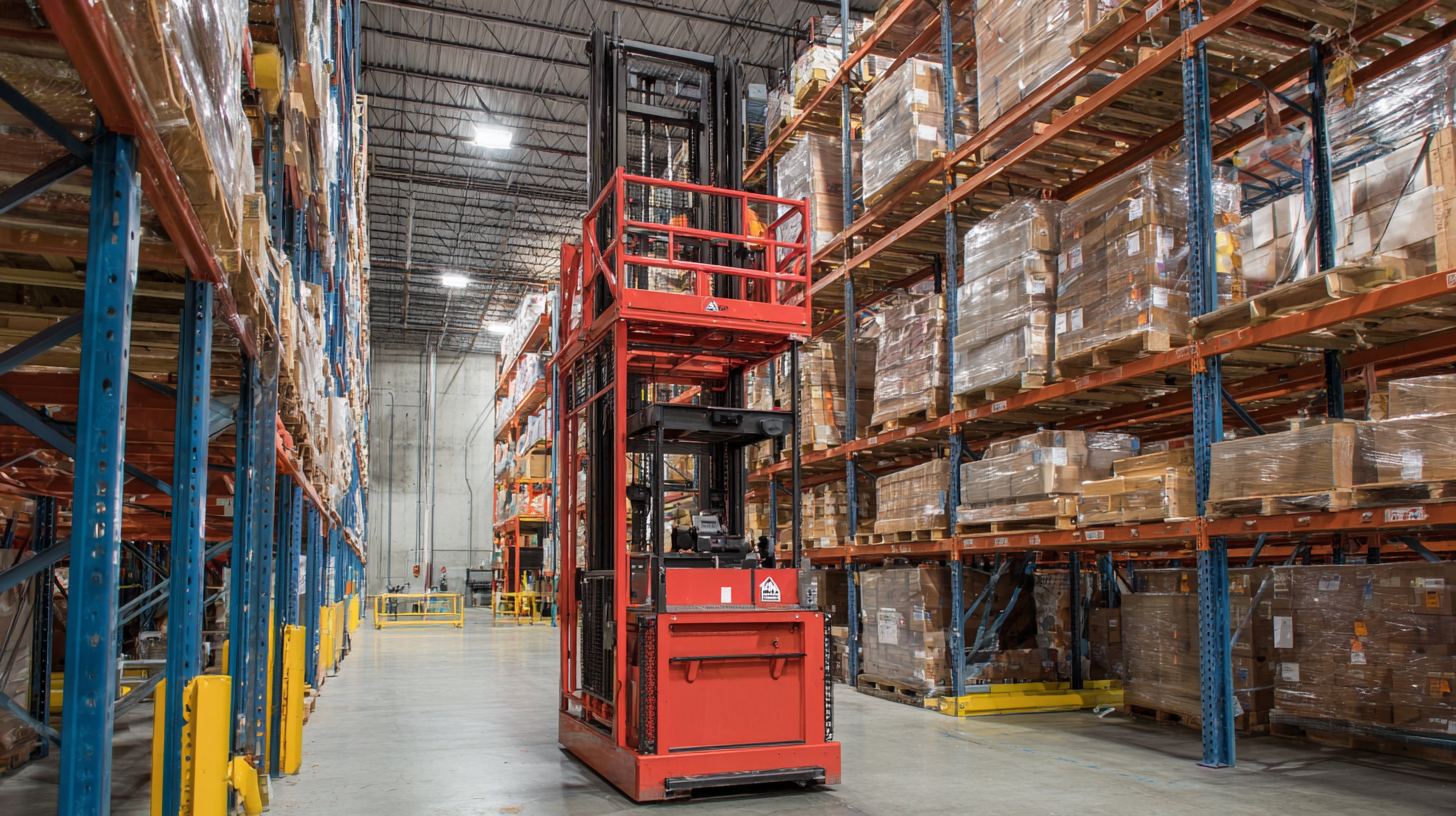What is a Material Lift? Understanding Its Impact on Warehouse Efficiency and Safety Standards
In the fast-paced world of warehousing and logistics, maximizing efficiency while ensuring safety is a paramount concern for businesses. One pivotal tool that can significantly enhance operational productivity is the Material Lift. As warehouses evolve to accommodate increasing demands, understanding the functionality and benefits of Material Lifts becomes essential. These devices not only streamline the movement of goods and materials but also play a critical role in maintaining safety standards by reducing the risk of manual handling injuries.

In this blog, we will explore what a Material Lift is, its impact on warehouse operations, and key strategies for integrating it into your logistics framework to achieve optimal results. By delving into the advantages of Material Lifts, we aim to provide actionable insights that not only improve efficiency but also foster a safer working environment.
Understanding the Basics: What is a Material Lift and Its Purpose in Warehouses?
A material lift is a mechanical device designed to raise and lower heavy goods and materials within a warehouse setting. Its primary function is to streamline the handling of inventory, significantly enhancing operational efficiency. By automating the lifting process, material lifts reduce the physical strain on workers, minimizing the risk of injury associated with manual lifting. This is particularly crucial in environments where hazardous manual handling is often necessary, as proper equipment not only adheres to safety standards but also ensures a smoother workflow.
In the context of modern warehousing, the implementation of material lifts aligns with broader trends towards automation and advanced materials handling technologies. As automation becomes an essential aspect of supply chain management, understanding the role of material lifts is vital. They not only facilitate the movement of goods but also contribute to more effective inventory management practices by ensuring that products are stored and retrieved efficiently. As warehouses continue to evolve, integrating material lifts can lead to safer, more efficient operations that ultimately benefit the overall supply chain.

Key Benefits of Using Material Lifts for Enhanced Warehouse Efficiency
Material lifts play a crucial role in enhancing warehouse efficiency by streamlining the movement of goods and reducing manual labor. These lifts allow for the safe transportation of heavy items between different levels, minimizing the risk of injury for warehouse workers. By automating the lifting process, businesses can significantly decrease the time spent on moving materials, thus optimizing labor productivity and ultimately improving workflow.
In addition to boosting efficiency, material lifts also contribute to higher safety standards within the warehouse environment. With the implementation of these devices, the likelihood of accidents related to manual handling of heavy loads is greatly reduced. This not only protects employees but also can lead to lower insurance costs for companies.
Moreover, utilizing material lifts ensures compliance with safety regulations, fostering a culture of safety within the organization. Overall, investing in material lifts is a strategic decision that offers both operational advantages and enhanced worker safety in warehouses.
Safety Standards: Compliance by Utilizing Material Lifts in Material Handling
Material lifts play a crucial role in enhancing safety standards within warehouse operations. By providing a reliable means to move heavy materials vertically, these lifts significantly reduce the risk of injuries associated with manual handling. In compliance with safety regulations, the use of material lifts helps organizations minimize the potential for accidents, which not only protects workers but also decreases liability for employers. Proper training and adherence to safety protocols are essential when integrating material lifts into daily operations to ensure that staff can operate the equipment safely and efficiently.
Moreover, utilizing material lifts effectively contributes to improved workflow and productivity in a warehouse setting. By automating heavy lifting processes, workers can focus on more value-added tasks, leading to enhanced operational efficiency. Compliance with safety standards in the use of material lifts also entails regular maintenance and inspections, ensuring that the equipment remains in optimal condition. Investing in these lifts not only supports a safer work environment but also aligns with the overarching goal of creating a more efficient and productive workplace.
Statistics on Increased Productivity and Reduced Injury Rates with Material Lifts
 Material lifts have become essential tools in modern warehouses, significantly enhancing productivity and ensuring safety. Statistics indicate that implementing material lifts can increase warehouse productivity by up to 30%. By enabling efficient vertical movement of goods, these lifts reduce the time workers spend on manual handling and transportation tasks. This swift operation not only streamlines processes but also allows personnel to focus on more complex and value-added activities, ultimately driving operational success.
Material lifts have become essential tools in modern warehouses, significantly enhancing productivity and ensuring safety. Statistics indicate that implementing material lifts can increase warehouse productivity by up to 30%. By enabling efficient vertical movement of goods, these lifts reduce the time workers spend on manual handling and transportation tasks. This swift operation not only streamlines processes but also allows personnel to focus on more complex and value-added activities, ultimately driving operational success.
Moreover, the safety benefits of material lifts are profound. Work environments utilizing these lifts have reported a reduction in injury rates by nearly 25%. The ergonomic design of material lifts minimizes the risks associated with heavy lifting and awkward postures that often lead to workplace injuries. By automating the movement of heavy materials, these lifts create a safer working environment, fostering employee well-being and satisfaction. As companies increasingly prioritize efficiency and safety, material lifts serve as a critical investment for enhancing overall warehouse performance.
Choosing the Right Material Lift: Factors to Consider for Optimal Use in Your Warehouse
Choosing the right material lift for your warehouse is crucial for enhancing operational efficiency and adhering to safety standards. When evaluating options, consider factors such as load capacity, lift height, and the intended application. According to a report by the Material Handling Industry of America (MHIA), organizations that implement appropriate lift solutions can improve productivity by up to 20%, showcasing the importance of making informed choices.
Tip: Assess the specific needs of your operations. For instance, electric lifts may be better suited for environments requiring frequent material handling, while manual options could be sufficient for less intensive tasks. Additionally, ensure that the selected lift complies with OSHA regulations, which can prevent costly accidents and downtime.
Another critical factor is the layout of your warehouse. Analyzing floor space and accessibility can influence your lift selection. A study published in the Journal of Warehouse and Distribution Management indicated that optimizing lift placement leads to an average of 15% reduction in time spent on loading and unloading tasks.
Tip: Conduct a thorough site assessment before making your purchase. Engaging your warehouse team in the decision process can provide valuable insights into their day-to-day challenges and help identify the most effective material lift for your operational needs.
